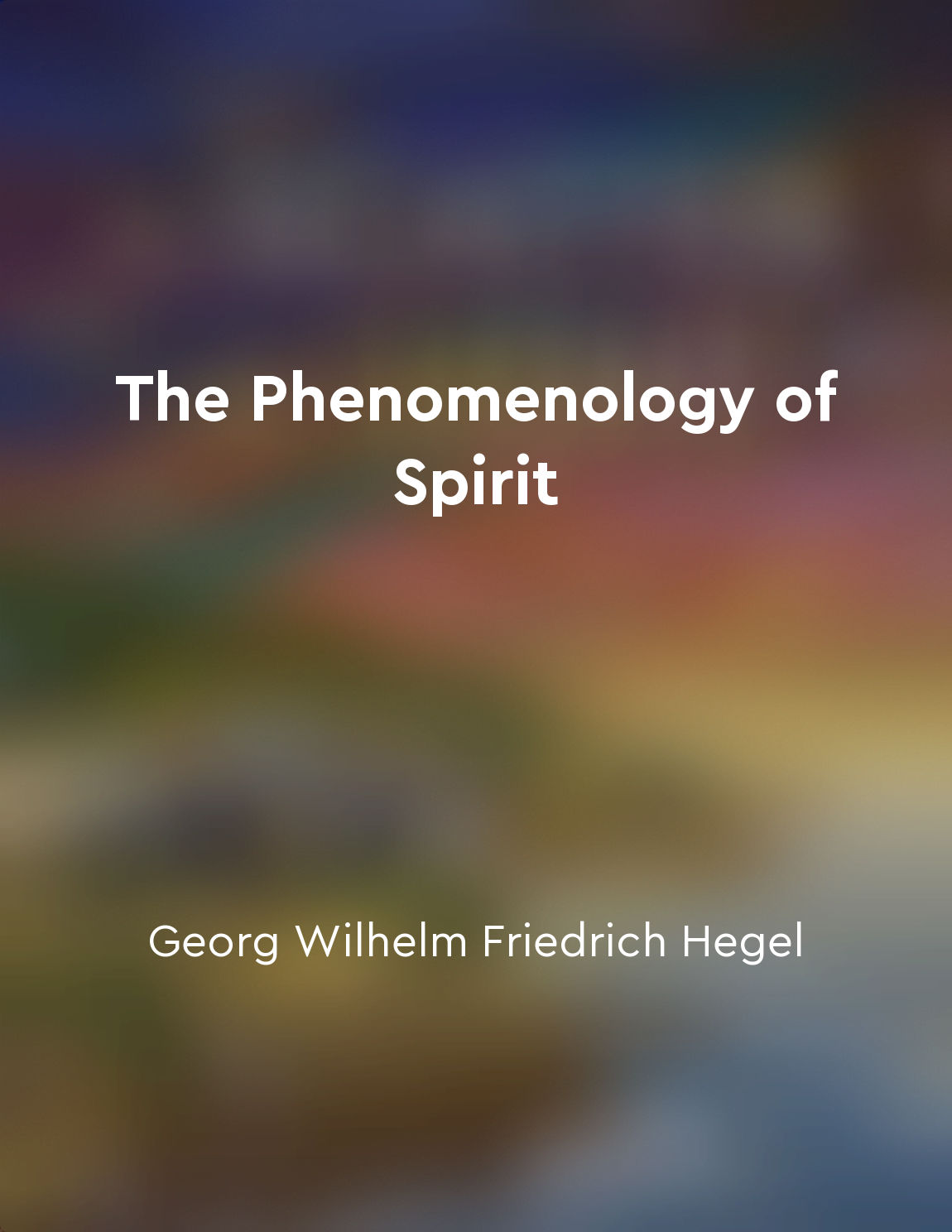Phenomenological description reveals the structure of consciousness from "summary" of Ideas for a Pure Phenomenology and Phenomenological Philosophy by Edmund Husserl
Phenomenological description is the method through which we can come to understand the structure of consciousness. By carefully examining our experiences as they present themselves to us, we can uncover the various layers and components that make up our conscious awareness. This process involves setting aside preconceived notions and theoretical frameworks in order to focus solely on the raw data of our lived experiences. Through this method, we can discern the different ways in which our consciousness is structured. We can observe how certain experiences are given priority over others, how our attention is directed towards specific phenomena, and how our emotions and intentions shape our perceptions. By delving into the details of our experiences, we can start to unravel the intricate web of connections that underlie our conscious awareness. Phenomenological description allows us to access the fundamental aspects of consciousness that are often hidden from view. Through this process, we can uncover the underlying patterns and structures that give rise to our subjective experiences. By examining the nuances of our perceptions, thoughts, and emotions, we can gain insight into the deeper workings of our consciousness. This method of inquiry is not concerned with abstract theories or speculative frameworks. Instead, it is rooted in the concrete, lived experiences of individuals. By paying close attention to the details of our subjective encounters with the world, we can elucidate the essential features of consciousness that shape our understanding of reality.- Phenomenological description is a tool for uncovering the hidden dimensions of consciousness that are often overlooked in everyday life. By engaging in this process of introspection and reflection, we can reveal the underlying structure that governs our subjective experiences. Through careful analysis and observation, we can begin to unravel the mysteries of consciousness and gain a deeper appreciation for the complexity of our inner lives.
Similar Posts
Beauvoir's analysis of women's oppression highlights the importance of social structures in shaping identity
In Beauvoir's analysis of women's oppression, she emphasizes how social structures play a pivotal role in shaping individuals' ...

Alienation and reconciliation
Alienation is the state in which the individual feels disconnected from themselves, from others, and from the world around them...
Brain orchestrates motor acts
The brain plays a crucial role in coordinating our motor actions. This complex process involves various regions of the brain wo...
Eidos discloses essences
Eidos plays a crucial role in the phenomenological analysis of essences. The essence of an object is what makes the object what...

